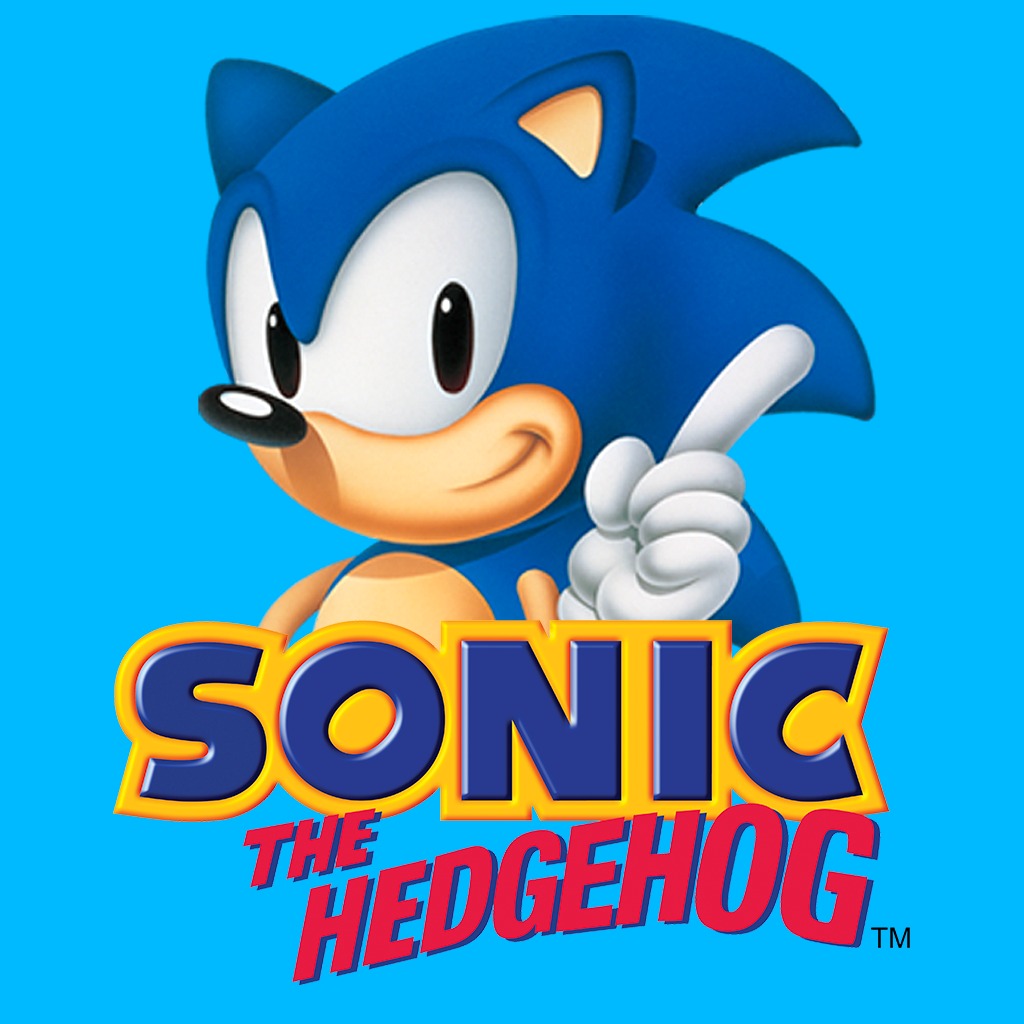
Sonic the Hedgehog™ Classic
All trademarks belong to their respective owners. Get GameThe Legacy Loops: Why Classic Sonic Endures in Modern Gaming Culture
Decades after his explosive debut, Sonic the Hedgehog™ Classic remains an enduring icon, his influence reverberating throughout modern gaming culture. Far from being a mere relic of the 16-bit era, the original games continue to captivate new generations of players and resonate deeply with longtime fans. This remarkable longevity isn’t solely driven by nostalgia; it’s a testament to the timeless appeal of their design philosophy, their distinct personality, and their profound cultural impact that continues to shape discussions around speed, platforming, and character identity in video games.
A Timeless Design Philosophy
The core principles that defined classic Sonic games are as compelling today as they were in the 90s.
- The Thrill of Speed and Flow: The emphasis on momentum-based physics and the exhilaration of maintaining a flow state is universally appealing. In a world of increasingly complex games, the simple, pure joy of blasting through levels at breakneck speed remains incredibly satisfying. This core loop is intrinsically fun and hasn’t aged.
- Intuitive Controls, High Skill Ceiling: The classic games were easy to pick up, with simple controls (jump, spin dash). Yet, they offered an incredibly high skill ceiling for mastery. This accessibility for newcomers combined with deep challenges for veterans ensures continued engagement and replayability, a hallmark of truly great game design.
- Vibrant Art Style and Iconic Music: The bold, colorful pixel art and the legendary soundtracks are instantly recognizable and aesthetically pleasing even by modern standards. They created a unique identity that stood out then and continues to feel fresh and vibrant now, influencing indie game development and pixel art aesthetics.
- No Hand-Holding, Pure Gameplay: Classic Sonic games didn’t rely on lengthy tutorials or intrusive cutscenes. They threw players into the action, trusting them to learn through experimentation and discovery. This focus on pure, unadulterated gameplay appeals to players looking for a less guided, more challenging experience.
Cultural Impact and Enduring Fandom
Sonic transcended the gaming world to become a bona fide cultural phenomenon, and that legacy continues.
- The Console Wars Icon: Sonic was the face of Sega’s fierce rivalry with Nintendo in the 90s. His “attitude” and speed defined a counter-culture to the more family-friendly Nintendo, appealing to a generation looking for something cooler and edgier. This historical context gives the classic games an additional layer of significance.
- Cross-Generational Appeal: Parents who grew up with Sonic now introduce their children to the classic games, creating a cross-generational appeal. The simple, imaginative gameplay resonates with young players, while the nostalgic factor provides a shared experience for families.
- Massive Fandom and Community: The Sonic franchise boasts one of the most passionate and dedicated fandoms in gaming. This includes fan art, fan fiction, elaborate theories about the lore, and a thriving community of modders and speedrunners who continue to create and explore the classic games, keeping them alive and relevant.
- Influence on Gaming: Classic Sonic’s emphasis on speed and environmental interaction influenced countless platformers and arcade-style games that followed. Its multi-path level design set a standard for replayability, and its character design became a blueprint for mascots with attitude.
Continued Relevance in the Modern Era
Despite the franchise’s evolution (and occasional missteps), the classic games maintain a strong presence.
- Frequent Re-releases and Remasters: Sega regularly re-releases and remasters the classic titles (e.g., Sonic Origins, mobile ports), demonstrating their continued commercial viability and enduring demand. This ensures new players can easily access and experience the originals.
- Inspiration for Modern Titles: Newer Sonic games, particularly critically acclaimed ones like Sonic Mania, explicitly draw inspiration from the classic formula, art style, and music, proving that the core design principles are still potent and desirable.
- Pop Culture Presence: Sonic’s presence in movies, TV shows, comics, and merchandise continually reinforces his status as a global pop culture icon, drawing new attention back to his roots. The success of the recent Sonic the Hedgehog films has sparked renewed interest in the classic games that defined the character.
The classic Sonic the Hedgehog games endure not just as nostalgic relics, but as foundational pillars of gaming history. Their timeless design, emphasis on pure fun, vibrant aesthetics, and profound cultural impact ensure that the blue blur’s legacy loops continue to spin at top speed in the hearts and minds of gamers worldwide.
What do you believe is the single most important factor for why classic Sonic remains so beloved today?
